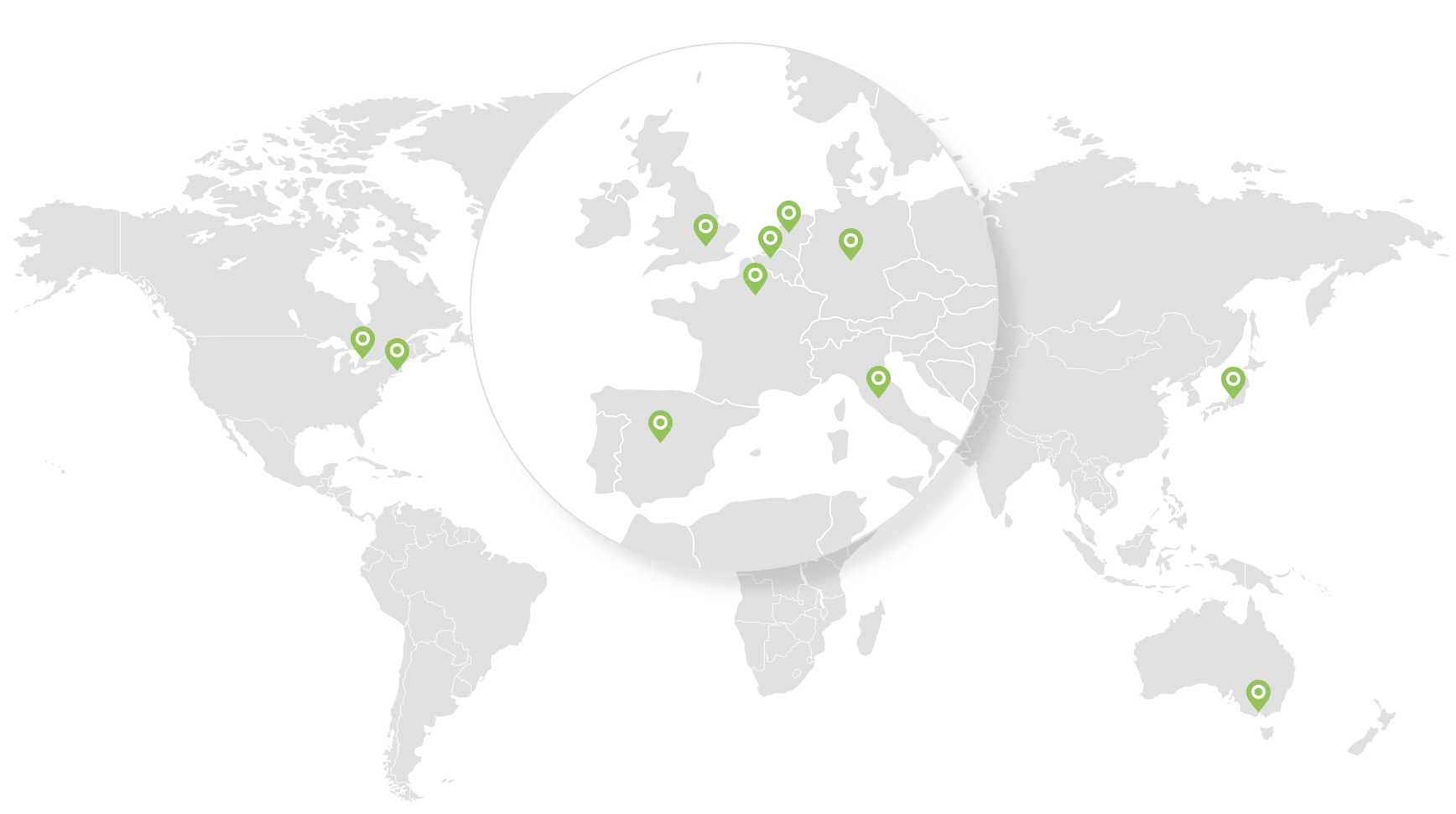Jamilah's story
“At first I was kind of like, what is that? What is CIDP? I've never heard of that. But then, the relief set in more than confusion…because at least there was a name to what I had.”
This is the story of Chronic Inflammatory Demyelinating Polyneuropathy (CIDP) patient Jamilah, sharing her diagnosis and treatment journey.
When did you start experiencing symptoms and how did they progress?
My symptoms started in early September 2021 and increased notably by October. I noticed a deterioration in my ability to stand up and move around, and I started to experience the same numbness and tingling sensations in my hands.
My symptoms progressed fairly quick; by Thanksgiving I was completely confined to my [wheel] chair, and by December that year, I received an official diagnosis of CIDP.
How has a CIDP diagnosis changed your life?
Prior to my diagnosis, I was basically working three jobs. My days were filled with dance classes, crocheting, and maintaining my photography business. After disability and diagnosis, my day-to-day drastically changed. I was so accustomed to doing daily activities that are engaging or active, but now I wake up and spend most of my time in the house.
What does your current CIDP care consist of?
Still a few years after diagnosis, my CIDP care primarily involves monthly visits to the infusion center, while my day-to-day routine consists of full-time wheelchair use and part-time walking. I often rely on my wheelchair for mobility, finding it easier to navigate my surroundings.
“Understanding recovery is not linear, and being there for a person with CIDP as much as possible is a huge help.”
What would you like people to know about CIDP?
I hope for a greater depth of understanding of CIDP. Society tends to associate recovery with a rigid timeline, assuming that medication and physical therapy will inevitably restore my ability to walk. However, numerous factors influence recovery, and it’s crucial to recognize that recovery is not linear.
“My hope for the future is to have a thriving crochet business and a thriving dance business, so that we can expose the world to more wheelchair dancers and more disabled dancers alike.”
What are your hopes for the future?
I aspire to continue pursuing my passions. I hope to someday have a thriving crochet business and often envision the launch of a dance business to introduce the world to more wheelchair and disabled dancers alike.

